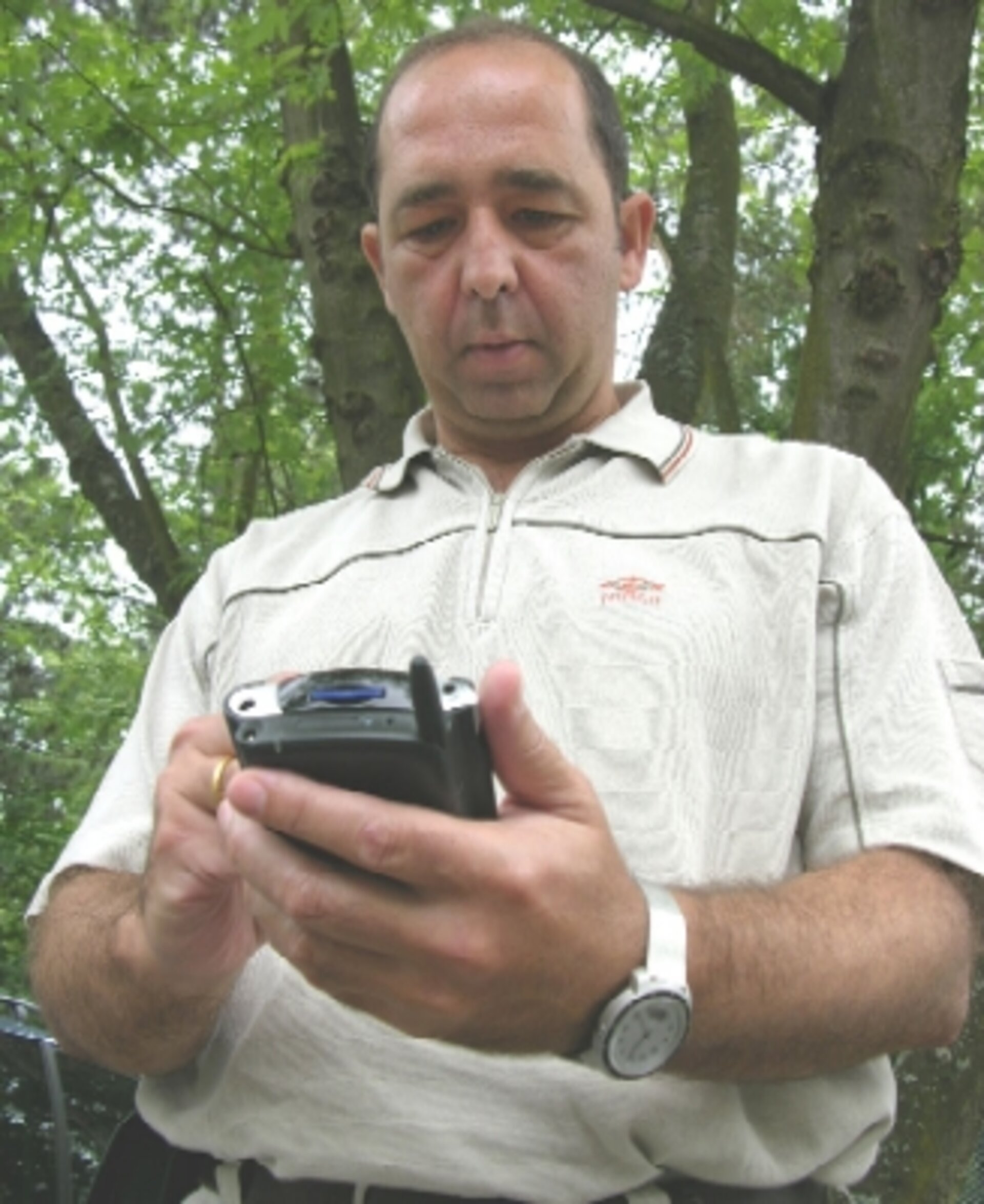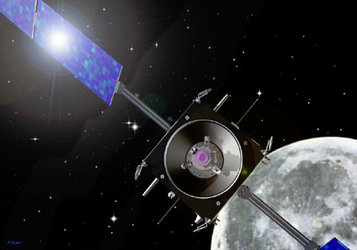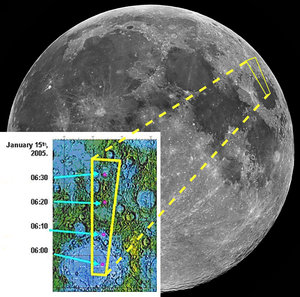SMART-1 phones home via PDA
Mission controllers usually monitor spacecraft using heavy-duty workstations crammed into a control room. But SMART-1 controllers are also using wireless-enabled personal digital assistants (PDAs) and even cell phones to keep track of mission progress from, well, anywhere. It is all part of ESA's 'smart' new approach to spacecraft operations.
"During the weekends, I am permanently on call. With my PDA, I can check on her status every few hours," says Octavio Camino, Spacecraft Operations Manager for SMART-1 at ESA's Space Operations Centre in Darmstadt, Germany.
The 'her' he is referring to is, of course, SMART-1, the ESA spacecraft now gathering valuable science data as it (she?) orbits the Moon.
Whether he is in his office at ESOC or spending a relaxed Saturday with his family, Camino can check SMART-1's daily schedule, track payload events or find out when SMART-1 will next disappear behind the Moon (and out of ground station contact).
Alerts from space via SMS

Camino and the Flight Control Team (FCT) also receive alerts and updates from the craft on weekends and evenings via an SMS delivered to their cell phones, allowing them to monitor SMART-1's health 24/7 and respond immediately to any problems.
Alerts are generated whenever an onboard system reports an anomaly or system metric that is out of the expected range. These include everything from a slightly higher temperature at one of the two cathodes that provide the push for SMART-1's cutting-edge Solar Electric Propulsion (EP) engine to onboard sensors reporting a burst of stronger-than-normal radiation from the Sun.
Enabling access to spacecraft data via web-enabled phones and PDAs is actually not that much of a technical trick; it merely requires coding and displaying a suitably formatted web page to present the data.
The real trick is accessing data in real or near-real time via a simple Web interface.
Reduced-cost ground operations
This practical capability is one element of a new mission control philosophy at ESA.
In addition to testing advanced satellite propulsion and gathering valuable science data, SMART-1 is also an opportunity to experiment with new ways of conducting ground operations and controlling missions taking advantage of increased satellite autonomy and improved ground-based automation tools.
This saving has been achieved through reuse of existing ground engineering facilities, adherence to standards and maintaining a smaller, tighter flight control team.
Furthermore, SMART-1 benefits from a highly innovative ground segment design based on two software packages aimed specifically at boosting automation and reducing cost:
- SMART-1 Mission Planning System (MPS)
- Mission Utility & Support Tool (MUST)
Wireless access to spacecraft data via MUST
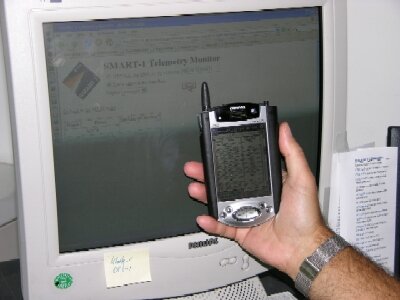
The MUST operational prototype developed for SMART-1 is proving to be tremendously successful.
MUST combines spacecraft telemetry parameters and other ancillary data with web interfaces — including wireless PDA or cell phone access — and an alarm system; it allows fast exportation, analysis and visualisation of mission data via the Internet.
Using MUST, engineers inside or outside ESA can access almost-real time spacecraft data from any web-connected PC. MUST is packaged as open-source software and can be distributed within the space community without cost.
"When we have an alarm, we can all see the same data plots right away," says Camino, emphasizing the benefits of MUST for the team-based approach to solving issues that arise during routine operation. Solutions are proposed not only by the FCT, but also by principal investigators as well as industry contractors and others.
MPS generates flight control instructions
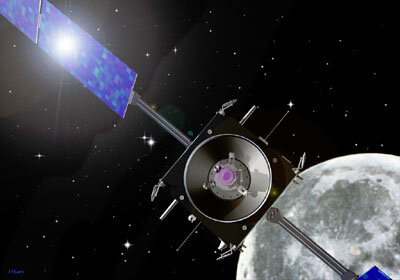
SMART-1 is also using the MPS, co-developed by Belgium-based Rhea System S.A. and ESOC, which is based on the existing MOIS (Mission Operations Information System) system.
With MPS, all routine platform and payload commands are pre-planned and uploaded by flight controllers when SMART-1 passes over a ground station (up to 10,000 per pass!).
In other words, SMART-1's routine operations are almost entirely automated, with over 98% of the commands sent to the spacecraft being generated by the MPS.
Routine spacecraft activities include antenna selection, telemetry configuration and routing, electric propulsion control, attitude and orientation mode selection and science data downloads, among others.
Have automation and working smarter paid off for SMART-1?
"For the Moon phase, we are seeing daily science data returns between 200- and 300-percent larger than originally planned," says Camino, with more than just a hint of satisfaction.
SMART-1 is the first in a series of ESA Small Missions for Advance Research and Technology (hence, SMART) intended to provide prompt science results and in which portions of the spacecraft and payload serve to demonstrate technologies to be used in future cornerstone missions.
It was launched on 27 September 2003 and followed a slow, spiral trajectory to the Moon over a 14-month period. It entered Moon orbit on 16 November 2004 thus successfully achieving the primary objective of demonstrating Solar Electric Propulsion.


